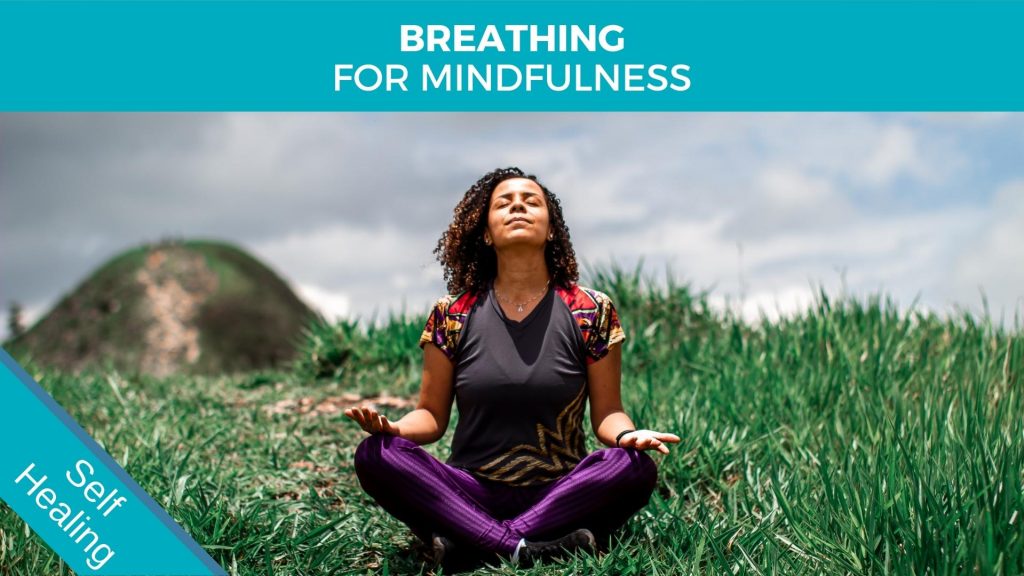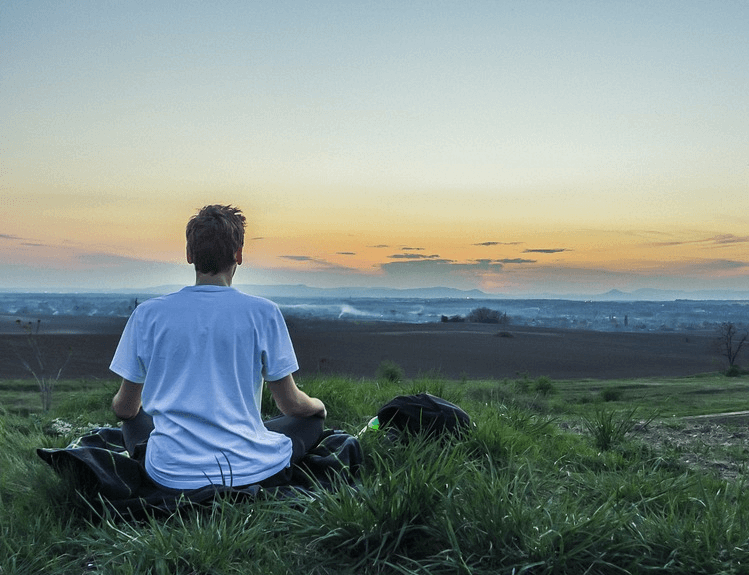- 2 years ago
- 4Minutes
- 1063Words
- 317Views
There are lots of ways to find a small piece of calm in our busy days without investing a lot of money. In fact, you only need a pair of healthy lungs and about 10 minutes or so.
Practicing mindful breathing can not only bring a sense of peace but comes with many other health benefits.
(1) Stanford research http://science.sciencemag.org/content/355/6332/1411
(2) How does deep breathing affect office blood pressure and pulse rate? PUBMED https://www.ncbi.nlm.nih.gov/pubmed/16231755
(3) Differential effects of mindful breathing, progressive muscle relaxation, and loving-kindness meditation on decentering and negative reactions to repetitive thoughts. PUBMED https://www.ncbi.nlm.nih.gov/pmc/articles/PMC2932656/
Breathing in a controlled way can lower blood pressure, help flow away stress and help you feel calm. Keeping your brain and body functioning at its best is also a great reason for utilizing breathing in your daily life. Don’t wait until you feel as if you want to run away or stay and fight, a quality breathing technique will promote feelings of calm and serenity in the chaos.
Breathing practices have been in existence for thousands of years and now in this crazy world we live in practicing mindfulness or searching for the state of zen are becoming mainstream in the everyday life from yoga studios to the Boardroom, from the home to the Classroom.
Stanford scientists have recently identified a small group of neurons that communicate goings-on in the brains respiratory control system to the structure responsible for generating arousal throughout the brain. Meaning we now understand how slow breathing can make us feel tranquil and fast frenetic breathing makes us feel tension-filled. (1)
So how do you practice conscious mindful breathing?
There are many beginner breathing techniques but I’ve just picked three that I will share with you. They are tried and tested and can be done anywhere.
Abdominal Breathing
This breathing exercise can be sitting up or lying down so I will share both of them with you.
Lying Down
Find a flat surface and lie on the floor with her knees bent. Put a pillow under your head if you feel you need more support. Place one hand on your upper chest and one hand just below your ribcage on your stomach. Relax your body and hands as much as you can.
Inhale slowly through your nose and into your abdomen until you cannot get any more air in. You should feel the hand on your tummy rising while your chest stays as still as possible. It feels like your lungs are being stretched.
As you release and exhale do it slowly and tighten your stomach muscles. You should push the air out by using your stomach muscles and try to keep your lips pursed. Breathe out until you cannot breathe out anymore.
This breathing exercise should be done for 5 to 10 minutes.
Sitting Down
Lying down is the easier way to do abdominal breathing but it might not be possible to lie on the floor especially while in the office!
Sit in a firm chair, with your shoulders relaxed and your head upright. Please a hand on your chest and the other on your stomach. Inhale and exhale exactly the same as if you were lying down and breathe slow and steadily for between 5 and 10 minutes.
The benefits of this technique are that there can be an immediate reduction in blood pressure and heart rate making this a great technique to do before exams and stressful events. (2)
Progressive Muscle Relaxation
This can be done lying down or sitting. Close your eyes and focus on tightening the muscles and releasing them. Start from the feet and toes then move up the body with each key muscle group, knees, thighs, chest, arms, neck, and jaw while doing slow deep breathing. Each time you tighten a muscle group breathe in through your nose and hold the tightened muscles and you breathe for a count of 5 then release slowly as you release the muscle group.
It can be done at home or at work.
Pranayama Breathing
It is the practice of controlling the breath which is the source of vital life source.
Sit or lie comfortably. Through your nose, inhale for a count of four and exhale for four. If you feel you can slow it down, even more, try for 6 to 8 counts per breath. The aim is to calm the nervous system, increase focus and reduce stress.
You can do this breathing exercise at any time of day and in any place. It is a great way to relax before sleep and can slow down your mind.
Conclusion
Mindfulness of the breath has been shown to offer health benefits above and beyond other stress-management exercises.(3)
I suggest combining your mindful breathing technique along with regular meditation for best results.




